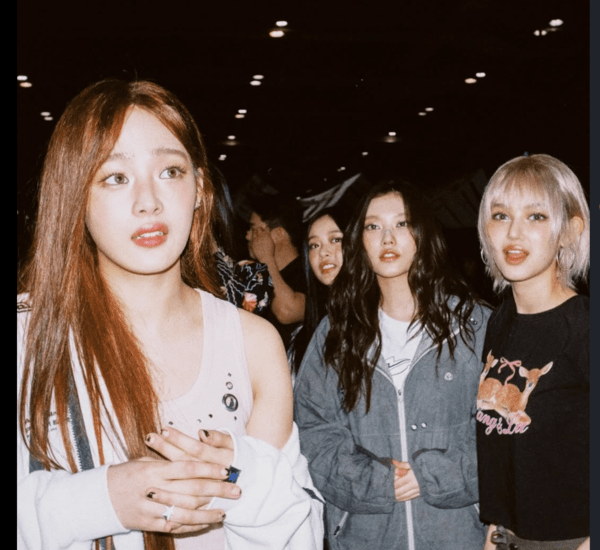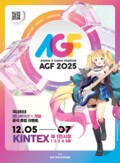HYBE’s crisis management failure, and the crucial choices facing NewJeans

With the return of all five NewJeans members, the months-long controversy appears, at least on the surface, to have reached a stopping point. Yet the core questions this turmoil has raised have only become clearer. Who truly owns the NewJeans brand IP? And why was HYBE unable to manage this conflict before it spiraled out of control? What has become evident through this process is relatively simple: the legal ownership of the name “NewJeans,” their music, and the brand’s creative universe belongs to the company. Regardless of contractual disputes, trademarks and neighboring rights are corporate assets-meaning the effective ownership of the brand has ultimately been reaffirmed on the company’s side.
However, clear legal ownership does not automatically secure the preservation of a brand’s identity. The aesthetic signature, world-building, and musical direction of NewJeans were deeply defined by the creative influence of Min Hee-jin, former CEO of ADOR. Without her presence, it remains uncertain whether the group can maintain the same artistic texture. And this uncertainty naturally leads to the second major question exposed by this incident: K-pop is an industry where the creative power of one individual can shape an entire brand-yet that very reliance makes the system particularly vulnerable when any part of that personal-centered structure collapses.
The controversy also revealed the extent of HYBE’s breakdown in crisis detection and crisis management. Early signs of internal conflict were visible long before the situation escalated, but no meaningful mediation process was activated. Inter-label coordination mechanisms largely failed, and corporate-level communication fell apart, culminating in a highly public legal dispute. This was not a simple mistake; it exposed a systemic failure. Either a crisis-management manual did not exist, or it existed only on paper. HYBE must now redesign the relationship between creators and executives, artists and organizational structures, labels and headquarters-establishing a governance system where support and checks coexist. Individual creative power should be respected, but not to the extent that its collapse threatens the entire system.
The spotlight now inevitably shifts back to the members-NewJeans themselves. Their choice of an official stance following the group’s reinstatement will shape the trajectory of their activities going forward. Broadly speaking, they have three potential approaches.
The first is a direct apology-acknowledging misunderstandings and addressing the harm caused to other idols during the controversy. This may help stabilize public sentiment, but it risks placing excessive responsibility on the members while legal matters remain unresolved. The second approach is a realistic, balanced statement: “There were faults on both sides, but the legal structure is what it is. We will continue our activities sincerely during the remaining contract period.” This strategy respects the emotional expectations of fans while maintaining a functional relationship with the company. The third option is silence-choosing not to comment at all. This prevents further controversies but risks prolonging fatigue within the fandom and deepening polarized interpretations.
Among these possibilities, the second option appears to be the most strategically advantageous. It signals honesty to fans while preserving essential working relations with the company, sending a clear message: “We will do our part. The rest is up to your judgment.” It also communicates the group’s willingness to move forward and face future activities head-on.
Ultimately, a brand survives on the strength of its performance. The ownership of IP, the structural flaws within the system, and the dynamics between company and creator are all critical issues, but they do not determine whether fans will stay. What truly re-consolidates a fandom is the quality of output-music, performance, and the visible artistic growth of each member. If those elements remain strong, the brand revives. If they falter, no amount of narrative or legal clarity can sustain the brand’s future.
This controversy has revealed several structural vulnerabilities but has also reaffirmed one essential truth: the lifeblood of any K-pop brand ultimately lies in the content the artists create. For NewJeans, the real restart begins now.
BrandCurator Columnist, yoian@kakao.com

![[동학] 카카오톡 친구탭, 결국 12월 롤백… “격자형 피드는 선택 옵션으로”](https://cdn.kmjournal.net/news/thumbnail/custom/20251126/5517_10550_1119_1763853080_120.jpg)


![[테크 칼럼] 제미나이3, GPT-5.1을 넘다…AI는 이제 ‘일을 대신하는 시대’로 간다](https://cdn.kmjournal.net/news/thumbnail/custom/20251126/5457_10454_4847_1763621329_120.jpg)



![[낭만 테크 시대] AI 대항해 시대](https://cdn.kmjournal.net/news/thumbnail/custom/20251126/5603_10714_4334_1764121414_160.jpg)

